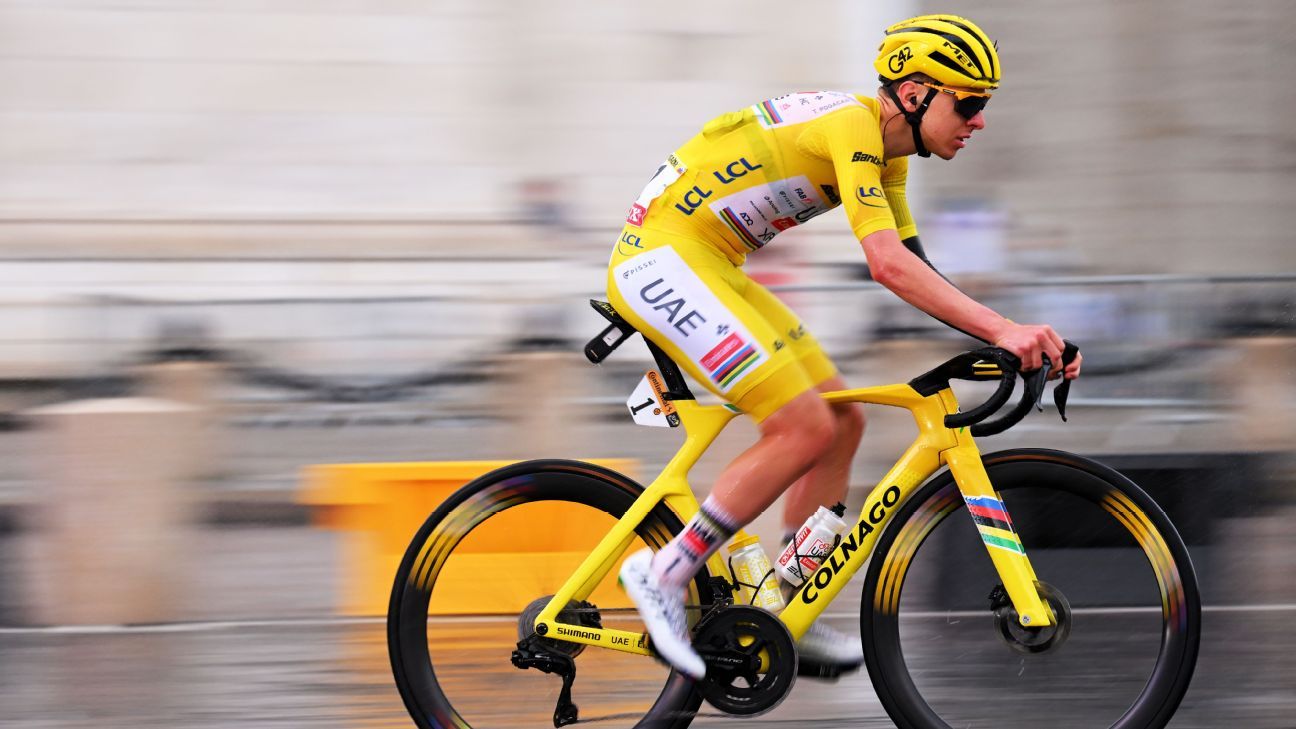3 best and worst foods for fatty liver disease, according to a leading US doc | – Times of India
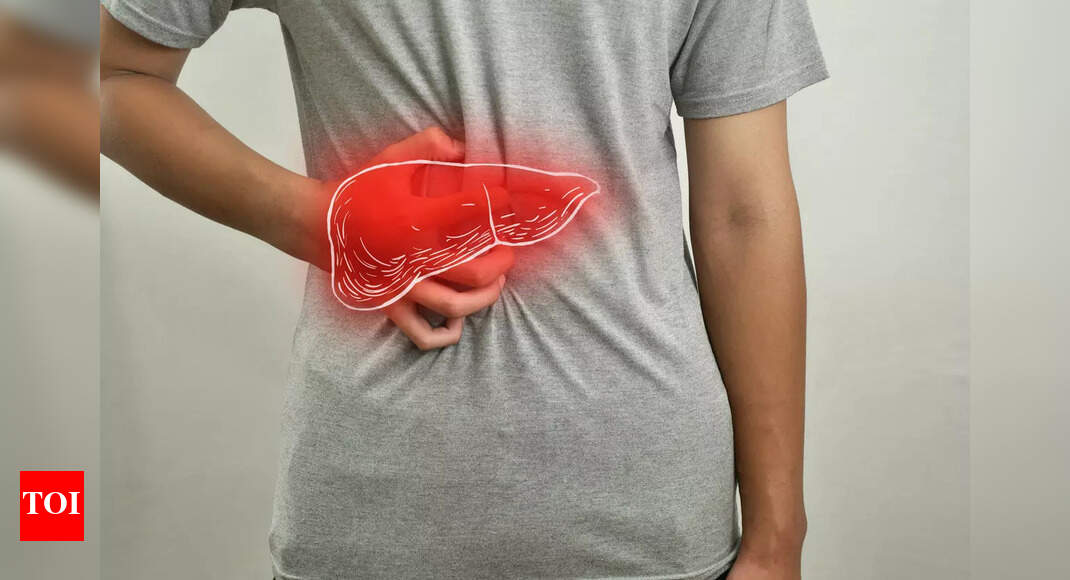
The incidence of fatty liver disease is on the rise. Though many people believe that this liver condition only affects older or overweight individuals, that’s not true. Even teenagers are now being diagnosed with fatty liver. Poor diet is a major contributor to this condition. With proper lifestyle changes, including diet, one can reverse fatty liver. Dr. Saurabh Sethi, a California-based gastroenterologist, has shared a list of foods that are good for liver health, and some that worsen liver disease, including fatty liver. Let’s take a look. What is fatty liver disease
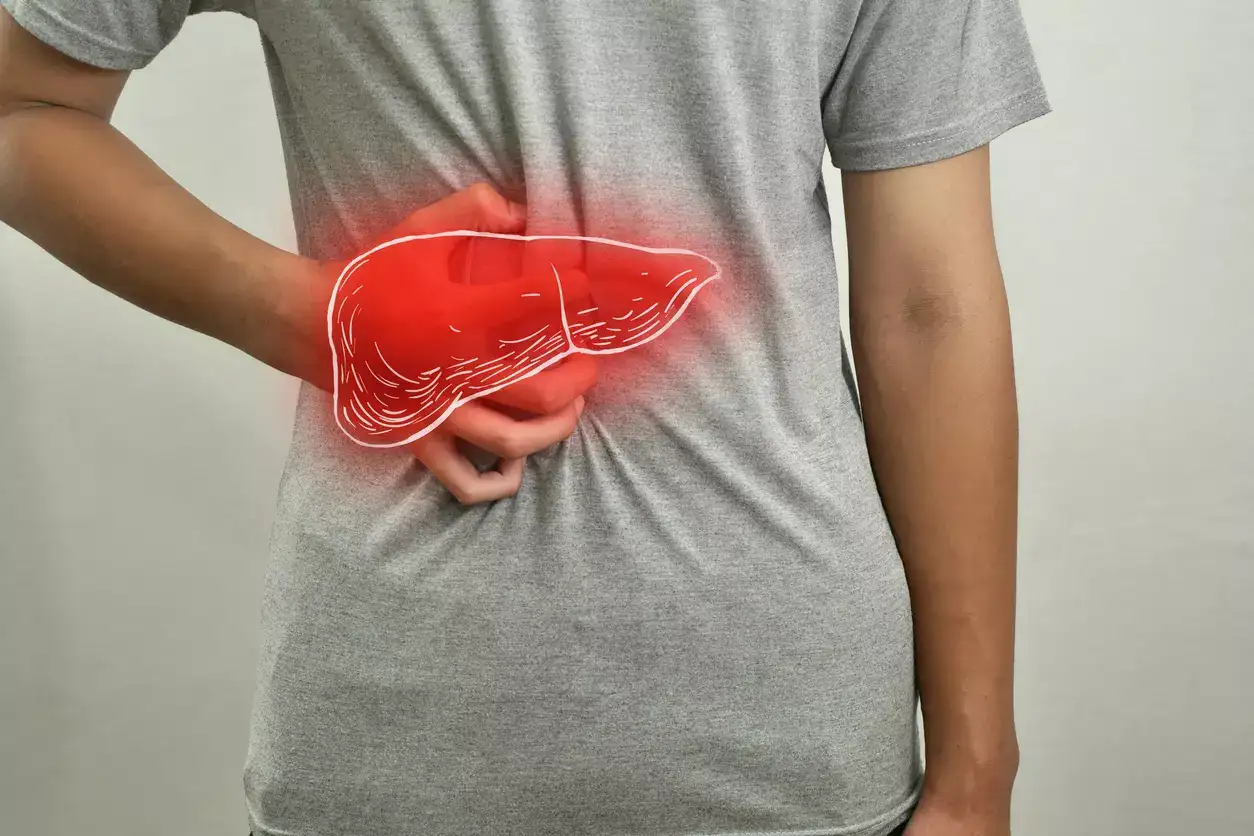
Fatty liver disease is a condition where excess fat accumulates in the liver, disrupting its function. The liver is the largest organ in the body, responsible for digesting food, storing energy, and removing toxins from the body. There are two main types of fatty liver disease:
- Metabolic dysfunction-associated steatotic liver disease (MASLD), aka Nonalcoholic fatty liver disease (NAFLD)
- Alcoholic fatty liver disease, also called alcoholic steatohepatitis
3 worst foods for fatty liver disease
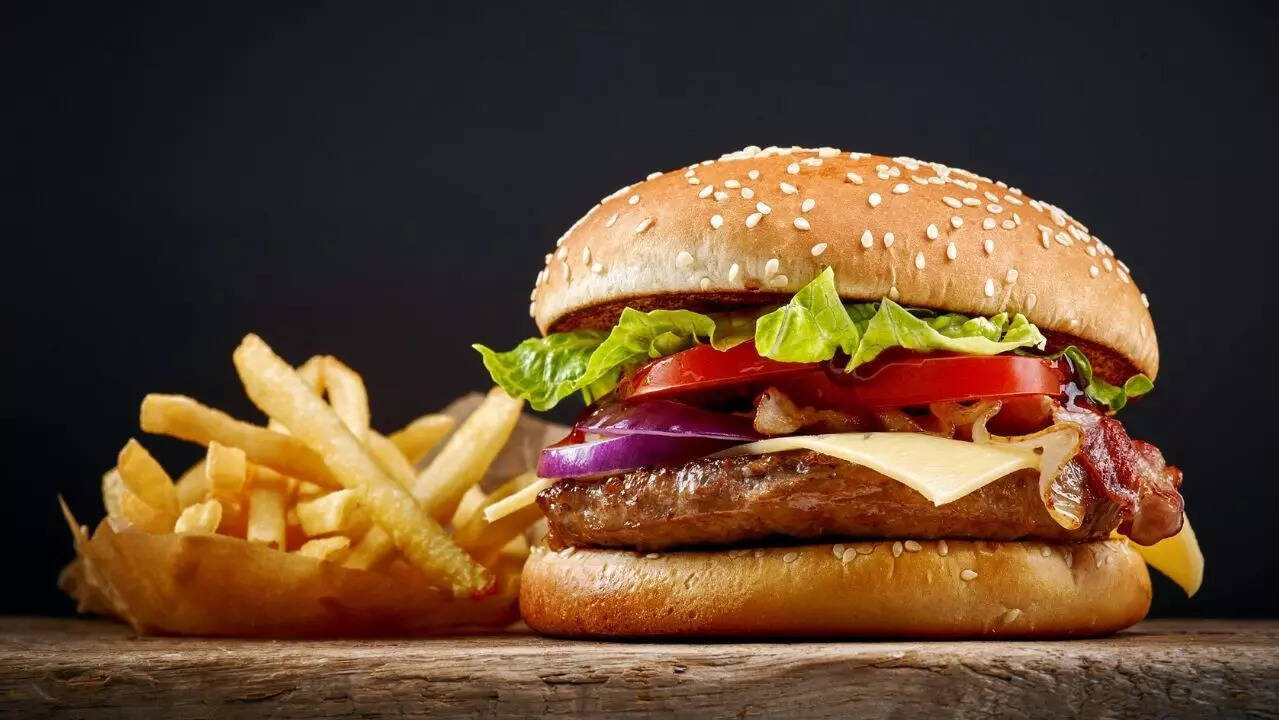
Studies have consistently shown that diet plays a key role in the development of non-alcoholic fatty liver disease (NAFLD). Consumption of certain foods can lead to fat buildup in the liver, and the fatty liver could progress to fibrosis, scarring, or even cirrhosis. Dr. Sethi has listed three foods that damage the liver.Sugary drinks: The first of the gastroenterologist’s list is sugary drinks. These include sodas and juices. They are empty calories, which are loaded with harmful sweeteners and preservatives. Even your diet soda is harmful as it contains artificial sweeteners like aspartame. “Soft drinks are liquid poison,” Dr. Sethi said. He also added that instead of sugary drinks, he prefers to drink plain water, sparkling water, coffee, or tea.Deep-fried foods: Regardless of how tempting those samosas or fritters look, you must avoid them if you care about your liver health. Most of such foods are cooked in unhealthy oils, which harm the liver. Well, if you really cannot avoid deep-fried foods, Dr. Sethi suggests frying them in an air fryer, which requires no oil. “While not perfect, it is a better alternative to deep frying.” Also, if you like to brush a little bit of oil for extra crunch, he suggests using oils with a high smoke point, such as avocado oil or olive oil.Ultra-processed foods: Dr. Sethi has also suggested avoiding ultra-processed foods such as chips, candies, hot dogs, instant noodles, and even sugary cereals. These foods are highly processed, which is detrimental to liver health. “Sugary cereals, which millions of kids all around the world start their morning with, are more like serial killers. Instead, switch to healthier breakfast options like oatmeal or eggs, or multigrain breads,” Dr. Sethi said.
3 best foods to reverse fatty liver disease
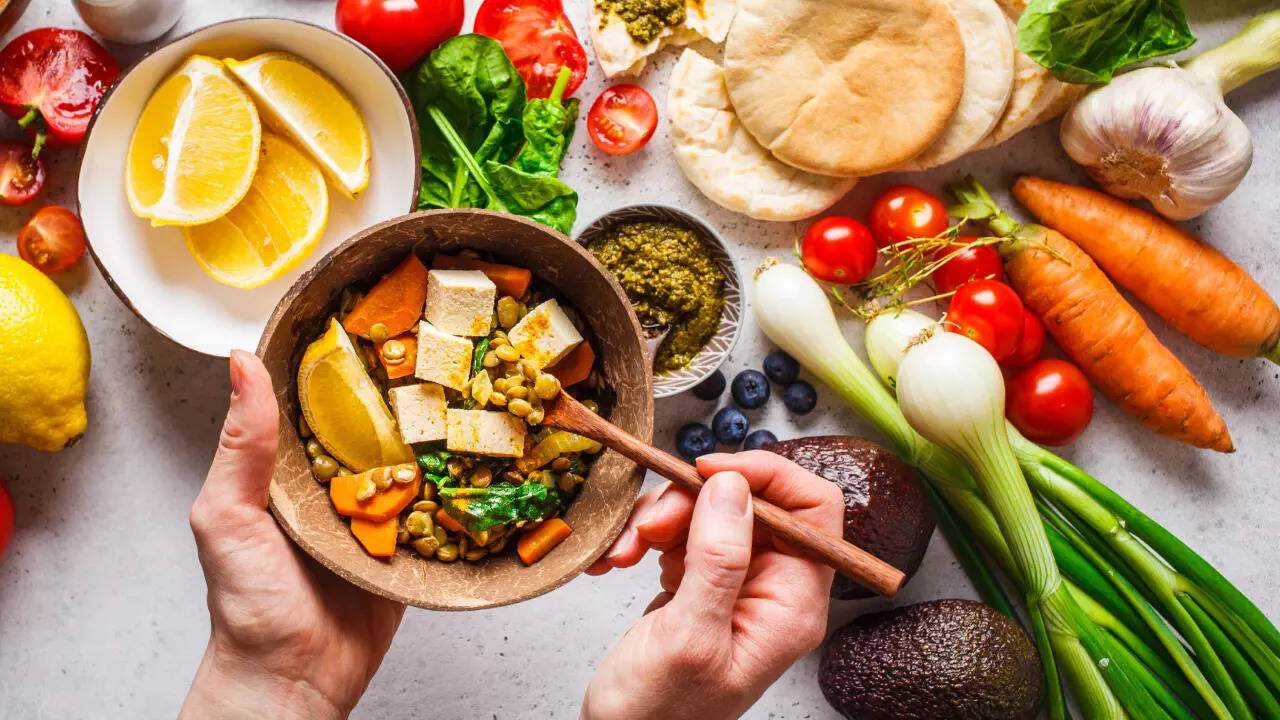
Healthy beverages: Yes, you read that right. According to Dr. Sethi, beverages such as black coffee, black tea, green tea, and matcha are great for liver health. “These beverages are rich in antioxidants that can support liver health. Just keep these to 1 to 2 cups a day and avoid adding sugar,” the doctor suggested. If you really want sweetness, you can add a dash of honey. People who have trouble sleeping can pick the decaf option. Turmeric: The gastroenterologist also suggested taking turmeric, as it contains curcumin, which has anti-inflammatory properties. “Aim to incorporate half to 1 teaspoon of turmeric in your diet daily,” the doctor said. He also emphasized consulting your doctor before taking turmeric.3 B’s: Dr. Sethi also pointed out to add 3 Bs in the diet – Blueberries, broccoli, and beetroot. Berries such as blueberries and strawberries are high in antioxidants (anthocyanins), which improve liver function. Broccoli, on the other hand, contains sulforaphane, which enhances liver detoxification. Beetroots are high in betalains, which support blood flow and help in detoxification.
var _mfq = window._mfq || [];
_mfq.push([“setVariable”, “toi_titan”, window.location.href]);
!(function(f, b, e, v, n, t, s) {
function loadFBEvents(isFBCampaignActive) {
if (!isFBCampaignActive) {
return;
}
(function(f, b, e, v, n, t, s) {
if (f.fbq) return;
n = f.fbq = function() {
n.callMethod ? n.callMethod(…arguments) : n.queue.push(arguments);
};
if (!f._fbq) f._fbq = n;
n.push = n;
n.loaded = !0;
n.version = ‘2.0’;
n.queue = [];
t = b.createElement(e);
t.async = !0;
t.defer = !0;
t.src = v;
s = b.getElementsByTagName(e)[0];
s.parentNode.insertBefore(t, s);
})(f, b, e, ‘https://connect.facebook.net/en_US/fbevents.js’, n, t, s);
fbq(‘init’, ‘593671331875494’);
fbq(‘track’, ‘PageView’);
};
function loadGtagEvents(isGoogleCampaignActive) {
if (!isGoogleCampaignActive) {
return;
}
var id = document.getElementById(‘toi-plus-google-campaign’);
if (id) {
return;
}
(function(f, b, e, v, n, t, s) {
t = b.createElement(e);
t.async = !0;
t.defer = !0;
t.src = v;
t.id = ‘toi-plus-google-campaign’;
s = b.getElementsByTagName(e)[0];
s.parentNode.insertBefore(t, s);
})(f, b, e, ‘https://www.googletagmanager.com/gtag/js?id=AW-877820074’, n, t, s);
};
function loadSurvicateJs(allowedSurvicateSections = []){
const section = window.location.pathname.split(‘/’)[1]
const isHomePageAllowed = window.location.pathname === ‘/’ && allowedSurvicateSections.includes(‘homepage’)
const ifAllowedOnAllPages = allowedSurvicateSections && allowedSurvicateSections.includes(‘all’);
if(allowedSurvicateSections.includes(section) || isHomePageAllowed || ifAllowedOnAllPages){
(function(w) {
function setAttributes() {
var prime_user_status = window.isPrime ? ‘paid’ : ‘free’ ;
var geoLocation = window?.geoinfo?.CountryCode ? window?.geoinfo?.CountryCode : ‘IN’ ;
w._sva.setVisitorTraits({
toi_user_subscription_status : prime_user_status,
toi_user_geolocation : geoLocation
});
}
if (w._sva && w._sva.setVisitorTraits) {
setAttributes();
} else {
w.addEventListener(“SurvicateReady”, setAttributes);
}
var s = document.createElement(‘script’);
s.src=”https://survey.survicate.com/workspaces/0be6ae9845d14a7c8ff08a7a00bd9b21/web_surveys.js”;
s.async = true;
var e = document.getElementsByTagName(‘script’)[0];
e.parentNode.insertBefore(s, e);
})(window);
}
}
window.TimesApps = window.TimesApps || {};
var TimesApps = window.TimesApps;
TimesApps.toiPlusEvents = function(config) {
var isConfigAvailable = “toiplus_site_settings” in f && “isFBCampaignActive” in f.toiplus_site_settings && “isGoogleCampaignActive” in f.toiplus_site_settings;
var isPrimeUser = window.isPrime;
var isPrimeUserLayout = window.isPrimeUserLayout;
if (isConfigAvailable && !isPrimeUser) {
loadGtagEvents(f.toiplus_site_settings.isGoogleCampaignActive);
loadFBEvents(f.toiplus_site_settings.isFBCampaignActive);
loadSurvicateJs(f.toiplus_site_settings.allowedSurvicateSections);
} else {
var JarvisUrl=”https://jarvis.indiatimes.com/v1/feeds/toi_plus/site_settings/643526e21443833f0c454615?db_env=published”;
window.getFromClient(JarvisUrl, function(config){
if (config) {
const allowedSectionSuricate = (isPrimeUserLayout) ? config?.allowedSurvicatePrimeSections : config?.allowedSurvicateSections
loadGtagEvents(config?.isGoogleCampaignActive);
loadFBEvents(config?.isFBCampaignActive);
loadSurvicateJs(allowedSectionSuricate);
}
})
}
};
})(
window,
document,
‘script’,
);
[title_words_as_hashtags




